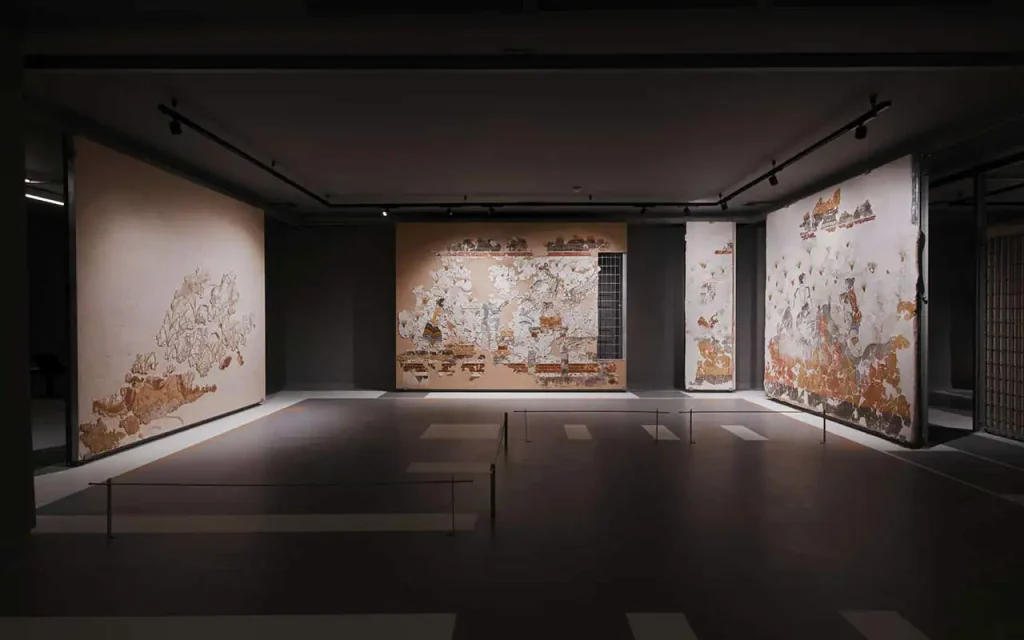Santorini: A Volcanic Jewel of the Aegean
Nestled in the eastern Aegean, Santorini, a key member of the Cyclades, boasts a rich tapestry of history woven by its resilient Cycladic Greek inhabitants. Archaeological findings suggest human presence dating back to 14,000 BC, with a humble Neolithic village once gracing its volcanic plateau. The island’s name, Santorini, is a tribute to Saint Irene, whose church stands as a sentinel over the island’s sole medieval settlement.
The Cataclysmic Eruption: A Turning Point
Santorini’s legacy is indelibly marked by the colossal volcanic eruption between 1620-1700 BC, the “Santorini explosion.” This cataclysmic event hurled ash ten kilometers skyward, blanketing the island’s summit in pumice and dramatically reshaping its coastline, pushing it over five kilometers seaward. Ranked among history’s most devastating volcanic episodes, it’s widely believed to have contributed to the Minoan civilization’s demise, impacting diverse populations, including those from Britain, Italy, and Egypt. While some view it as an unavoidable natural phenomenon, others speculate about triggers like earthquakes or submarine volcanic activity. Subsequent eruptions in 1628 and 1667 further underscored the island’s volatile nature.
Forced to flee, the island’s inhabitants sought refuge on Crete, returning only around 1637 AD to rebuild their lives. Though Bronze Age remnants exist, the current population traces its lineage to these later returnees.
Santorini’s Cultural Tapestry: Beyond the Views
Beyond its iconic vistas and distinctive architecture, Santorini has evolved into a cultural hub, drawing visitors with its diverse museums. These institutions offer a captivating journey through the island’s storied past. As a cornerstone of Greek tourism, Santorini attracts approximately two million annual visitors.
Delve into the island’s heritage at the Archaeological Museum, uncover ancient secrets at the Museum of Prehistoric Thera, immerse yourself in local traditions at the Folklore Museum, explore maritime history at the Naval Maritime Museum, discover geological wonders at the Minerals and Fossils Museum, and savor the island’s viticultural legacy at the Wine Museum.

